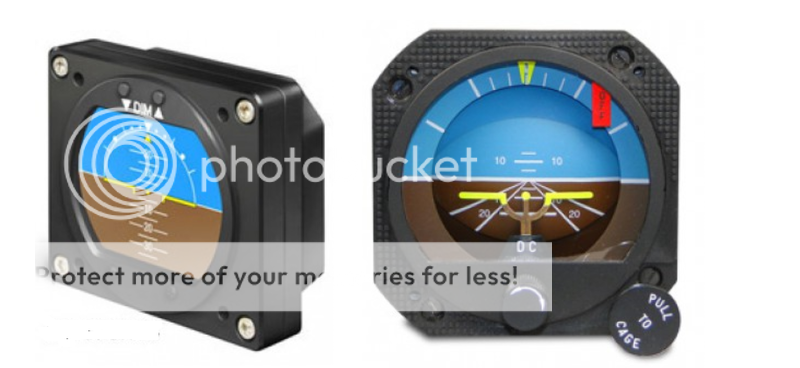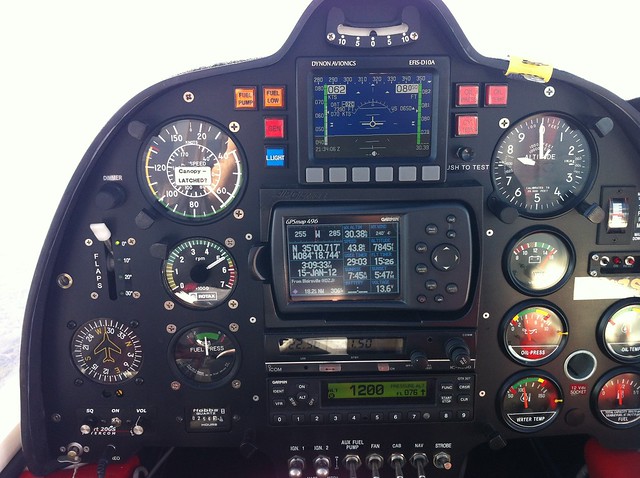Z06tink72
Pre-Flight
- Joined
- Oct 6, 2014
- Messages
- 55
- Display Name
Display name:
My z06 is faster than your C172
As an avionics guy, this makes me wonder if they had to go through the entire Do-178B/C process for software development. That is why these fun gadgets cost so much in certified aircraft. If Dynon really did pull it off, it took a lot of expertise and money. May be a hint that they will be doing more things like this in the future?
I looked up the new ATSM standard they talked about. First of all, its interesting they used that standards organization. I don't know of any other avionics development standards by them. Second, it's all based on testing at the system level. No multi levels of requirements, tracing, structural code coverage, object code analysis, etc. Thus no TSO.
This is a Giant shift from traditional avionics development. Kudos for pulling it off to dynon/eaa.


